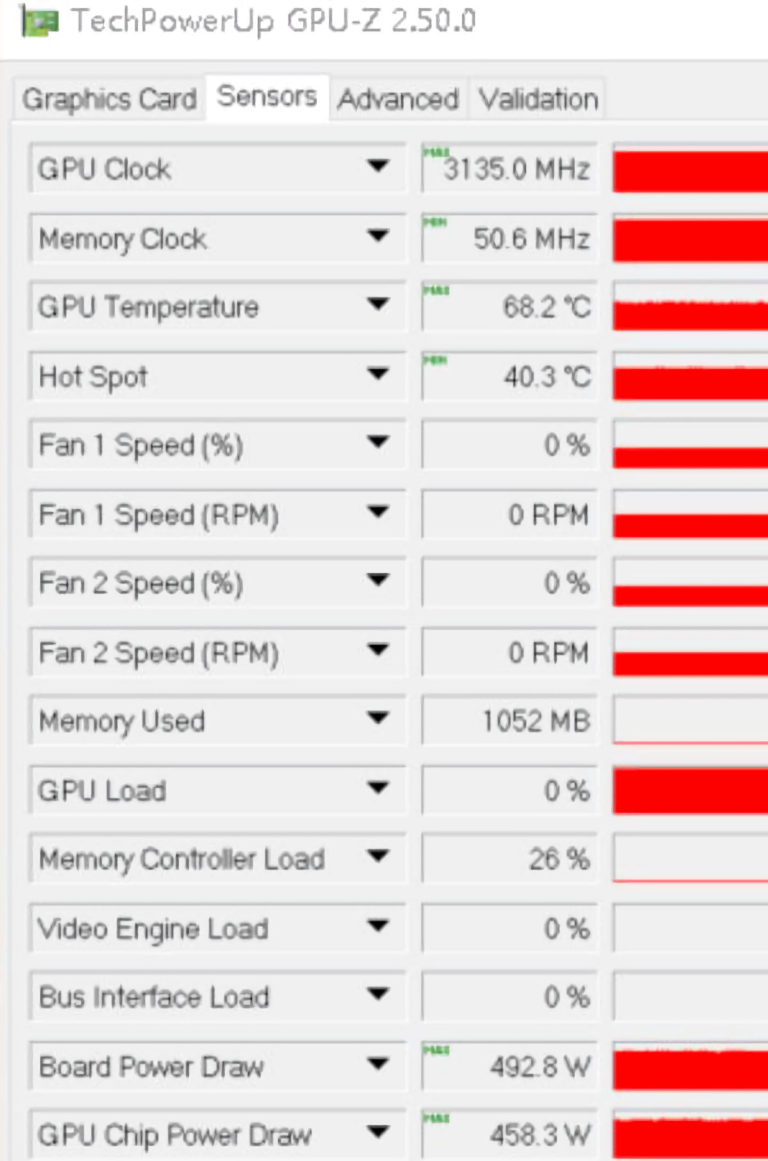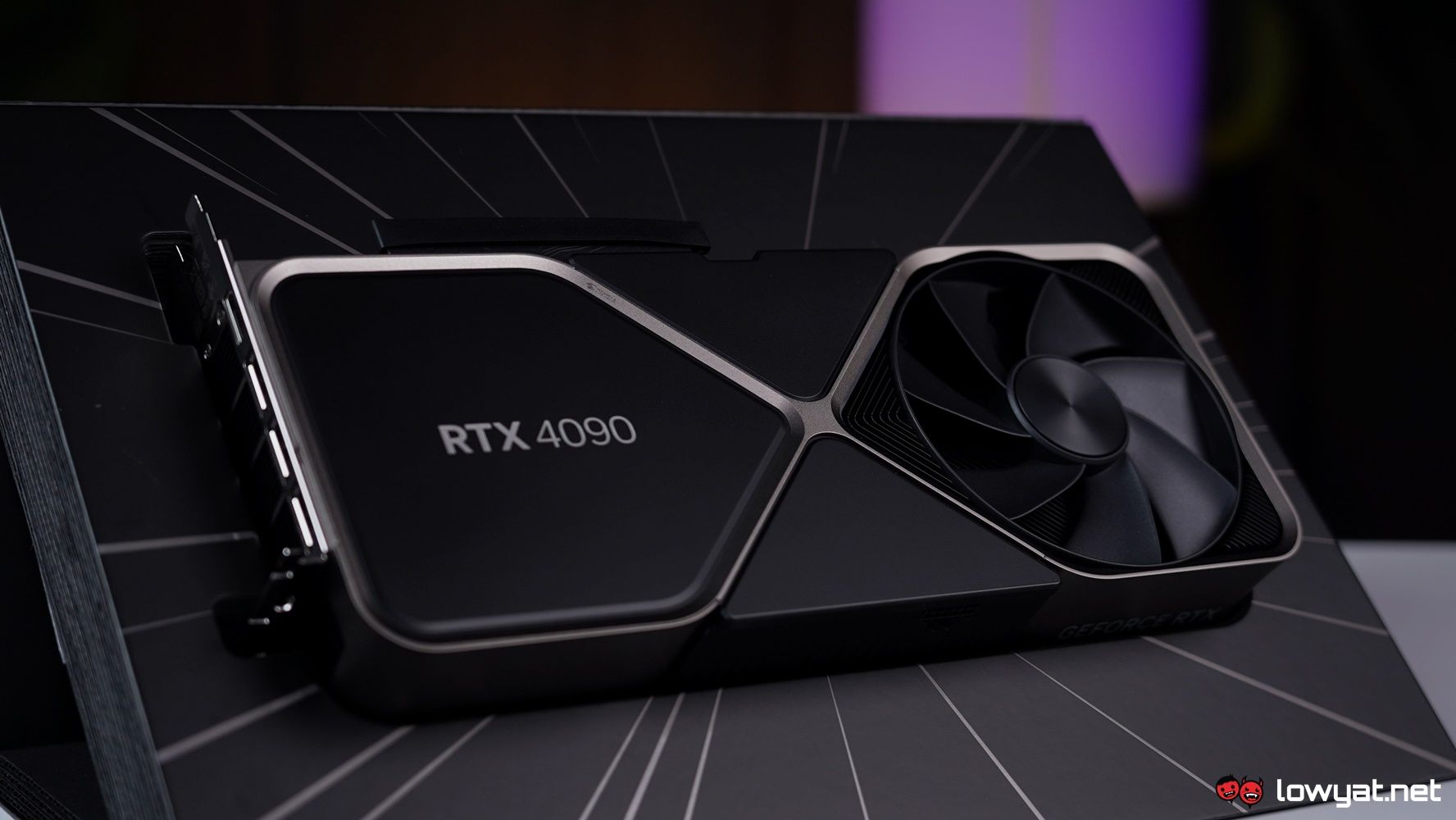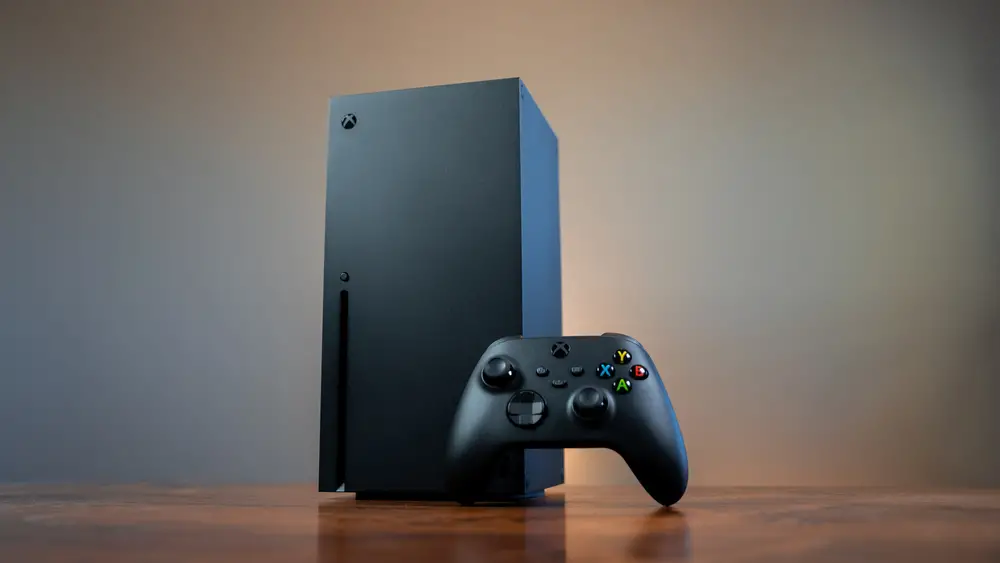

This brings up the following issue: which card offers more value?Īlthough it is debatable if these cards should be compared, they represent each brand’s best midrange cards. The cost is one of the essential inquiries. Regarding performance, the RTX 3060 Ti is on par with the 6700 XT and closes the gap at 1440p. In terms of performance, benchmarkers consider the RX 6700 XT superior. The fight in this tier is more interesting because cards aren’t as evenly matched as they once were. I’ll examine the AMD RX 6700 XT and the NVIDIA RTX 3060 Ti as two excellent mid-range GPU solutions in this area. As gamers care more about performance than power consumption, NVIDIA wins.

#Navdai graphic card benchmark software
NVIDIA’s software is what makes its hardware great.ĭespite AMD’s specs and power consumption, NVIDIA performs better. It has more memory bandwidth and an L2 cache, but NVIDIA utilizes less power for the GTX 1660. Even though you won’t notice a difference, observing how far this competition has gone is intriguing.ĪMD has 8GB GDDR6 RAM, which is superior to NVIDIA’s 6GB GDDR5. While the RX 5500 XT has a higher base clock rate (1647 MHz) than the GTX 1660 (1530 MHz), AMD leveraged this to their advantage by offering a higher boost rate (1845 MHz), which is greater than Nvidia’s boost clock (1785 MHz). I am not talking about RDNA 2 or Ampere because there are no budget cards around this pricing bracket. They both reflect their former flagship technology (AMD’s RDNA and NVIDIA’s Turing) admirably. In this category, I’ll look at the RX 5500 XT and GTX 1660 as the top budget AMD and NVIDIA cards for around $200. Older Nvidia cards are the only ones that support DLSS. Upscaling is needed for ray tracing.įor the best performance and visual quality, turn on DLSS or FSR. FSR and DLSS are distinct but have different objectives.įidelityFX Super Resolution evaluation shows that FSR increases performance but lowers visual quality. AMD enhanced the spatial upscaling of FSR. It does not have exclusive photos using hardware or AI. Unlike DLSS, FSR supports AMD and Nvidia graphics cards. FidelityFX Super Resolution is AMD’s upscaling solution (FSR). Tensor cores use an AI model built from game scans to reconstruct images in real-time. The 30 and 20-series Tensor cores are used in DLSS. With A.I., DLSS improves game performance. Ray tracing will lower the frame rate even with Nvidia graphics cards. Deep Learning Super Sampling from Nvidia (DLSS). Ray tracing hardware, but weaker cores, are present in AMD GPUs. RX 6400 is the only GPU in use today without a PCIe 6-pin power connector, even though RX 6500 XT needs more power than GTX 1650.

The RX 6600 XT and RX 6600 both require electricity, as do the RTX 30 (8GB). It’s more challenging to declare a victory away from the extremes.ĪMD’s RX 6700 XT uses a little more energy than the RTX 3060 Ti but less than the RTX 3070. The AMD RX 6900 XT and 6800 XT GPUs come next. The most recent hardware uses less electricity than earlier Nvidia GPUs.Īn RX 6950 XT uses the highest power, RTX 3080 12GB (custom card), RTX 3090, 3080 Ti, and 3080. Third-party cards have also been tried, but I’ll only use reference designs in the charts.

I measured GPU power use on all current and recent graphics cards from both brands using Powenetics hardware. While AMD’s Big Navi’s Infinity Cache increases efficiency, Nvidia’s Ampere architecture pushed higher clocks at the expense of performance. To close the gap, Navi utilized new architecture and 7nm FinFET processors from TSMC.Įven a 50% improvement couldn’t make up for how far behind it was. Using Navi and Big Navi, AMD was able to improve its efficiency. Nvidia dominated GPU power efficiency before Navi.


 0 kommentar(er)
0 kommentar(er)
